
Blog

Resistance and the Psychedelic Experience
Psychedelic facilitation necessitates a delicate attunement to present-moment experience and resistance. At Ceremonia, we've observed that guiding participants to express specific emotions when they aren't naturally present can cause inorganic state changes, fostering resistance and potentially leading to "bad trips" or spiritual bypassing. This paradigm, common in plant medicine ceremonies, can unintentionally stifle authentic emotional processing, creating barriers and exacerbating suppressed feelings. Instead, we advocate for allowing whatever emotions are present, facilitating state changes informed by trauma healing research, and using methods such as trigger sculpting to enable conscious response over reaction. This approach demands highly attuned facilitators embodying the same principles to support participants' authentic, organic experiences.

The Need for Self-guidance
In this article, we delve into the profound yet complex realm of psychedelic therapy. We highlight its transformative potential, allowing us to access the deepest layers of our consciousness and promoting a sense of connection that transcends our everyday experiences. However, we also draw attention to its potential risks, particularly when users externalize the source of healing, rather than recognizing it as emerging from within themselves. We explore the need for proper preparation and self-guidance in psychedelic experiences, and the crucial role of facilitators in providing the right environment for self-healing, rather than being perceived as the healers themselves. The article underscores the importance of carrying the healing process into daily life, encouraging a shift from external to internal attributions of healing and cautioning against potential victim and savior mindsets. We conclude by advocating for a blend of modern modalities to help individuals navigate their experiences and strengthen their sense of self-empowerment, ultimately deepening the spiritual potential of their psychedelic journey.
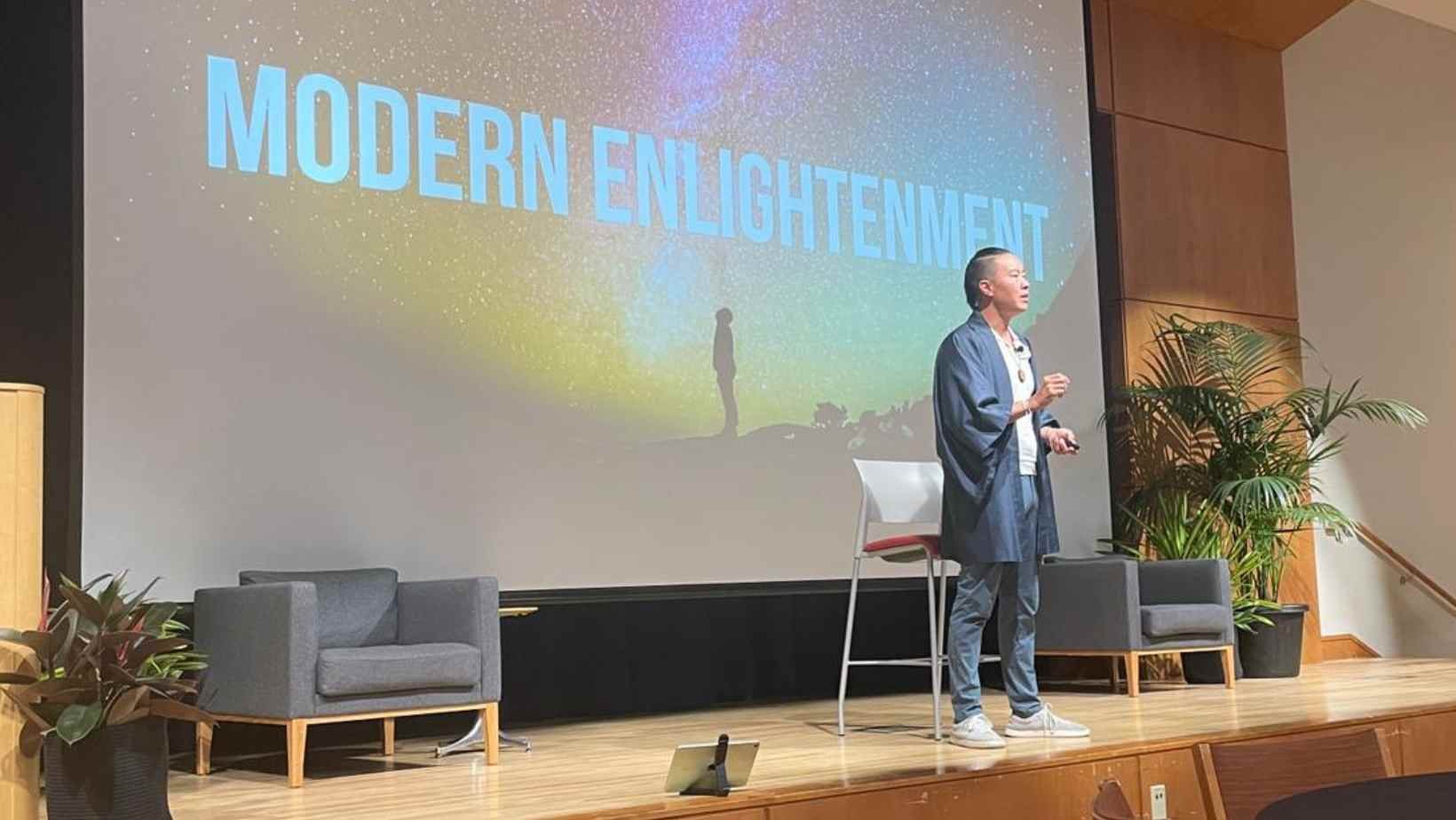
The Path of Least Suffering
The post below continues the story of Ceremonia co-founder Austin Mao of how he would create the Modern Enlightenment process facilitated at Ceremonia. It is part two of a speech being shared at the Conscious Entrepreneur Summit in Boulder, Colorado on June 7th.

The Renaissance of Me
This post shares the story of Ceremonia co-founder Austin Mao of how he would come to discover plant sacraments. It is part one of a speech being shared at the Conscious Entrepreneur Summit in Boulder, Colorado on June 6-8.

Fragments of the Divine
A poem by Ceremonia co-founder Austin Mao written while in ayahuasca ceremony.

Psychedelics, AI, and the Singularity of the Soul
Humanity stands on the brink of a revolution in consciousness. Advances in psychotherapy, neuroscience, psychedelics, and spiritual technology have made transcending suffering more accessible. As AI emerges, we will have more time for inner work, complementing its logical abilities with our creativity. Each age, from oral transmission to the psychedelic revolution, has propelled us forward. Embracing suffering as an opportunity for growth, we can find joy beyond material pursuits. The upcoming years promise accelerated consciousness and the discovery of our true fulfillment within. We are on the cusp of exponential growth and the singularity of the soul.

From the Depths
A poem written by Ceremonia co-founder, Austin Mao, while sitting with the sacrament of ayahuasca in ceremony.
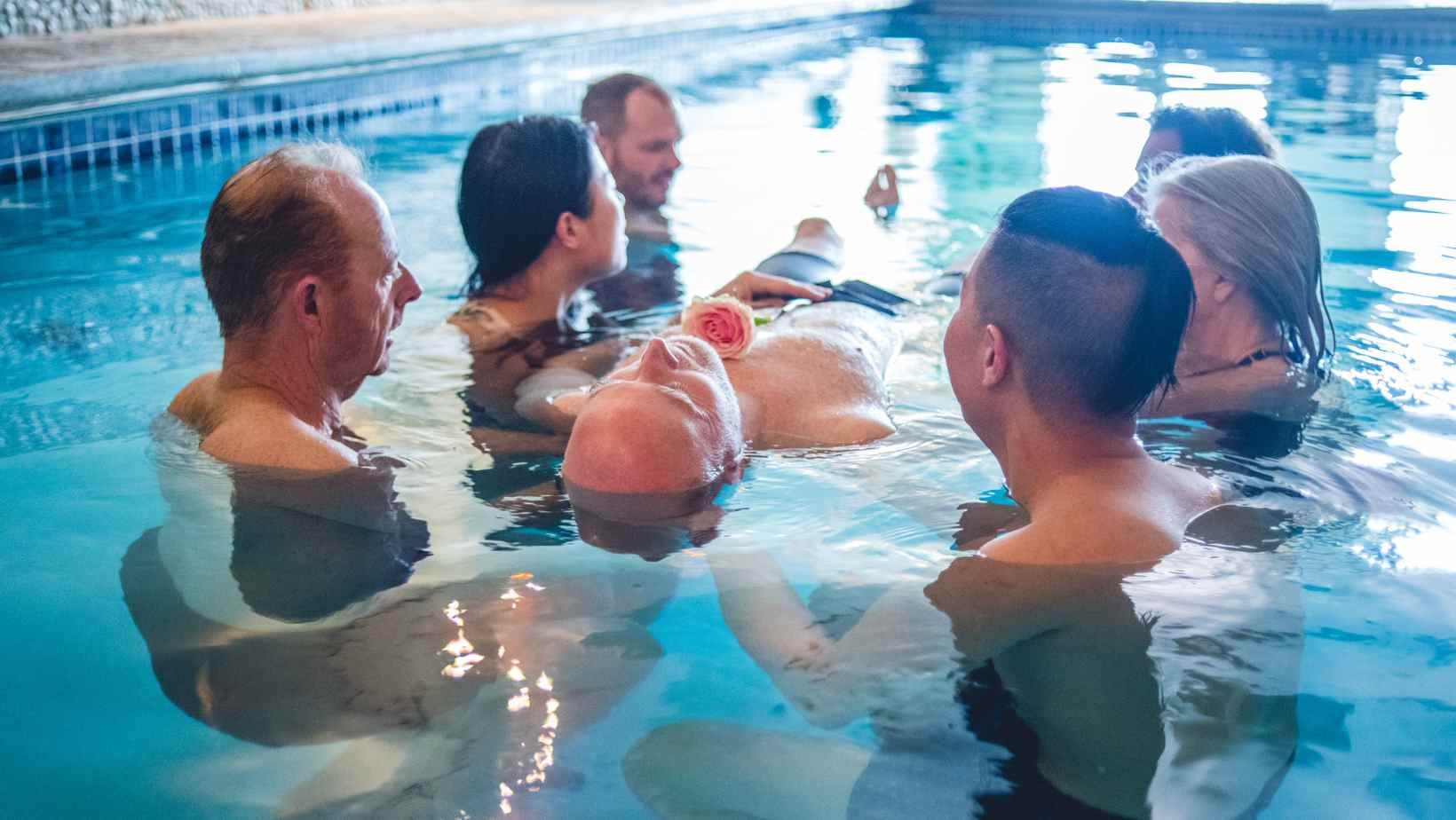
The Practice of Enlightening
Enlightenment is a non-dual state of being with the totality of experience. The path towards enlightenment is a practice that can be mastered through developing awareness and mindfulness. We need to create space for our feelings and allow ourselves to feel the impact that life and others have on us. This involves stretching our awareness to extend beyond our inner thoughts and feelings to register the subtle energy in our surroundings. The practice leads to a greater understanding of ourselves and others, allowing us to be open-hearted in our relationships. The path towards enlightenment begins with intention and cultivates a practice of awareness and mindfulness, leading to higher levels of peace, love, and joy.

The Power of Love
Unconditional love is a necessary environment for deep healing. Inner and outer safety arises from our childhood experiences, where we learned to suppress our emotions and thoughts to meet the expectations of others. This pattern of behavior can continue into adulthood, leading to unhealthy relationships with others. Thus, an hour with someone who embodies unconditional love, like Ram Dass, can be more healing than a psychotherapeutic session because we can feel safe and accepted for who we are. This offers us the grace of accepting ourselves, flaws and all, to fully embrace the idea of unconditional love and find healing within ourselves.

God’s Vision
A poem written by Ceremonia co-founder, Austin Mao, while sitting with the sacrament of ayahuasca in ceremony.

The Art of Attunement
Attunement is a crucial component of spiritual growth and service, as it allows us to create deep, impactful, and meaningful relationships with those we serve. Self-attunement is the foundation of attunement outwards, which requires us to pause, step back from our ego, and let go to experience the essence of existence. There are five key elements of attunement that we must include in our spiritual practice: empathy, presence, active listening, non-judgment, and responsiveness. By cultivating attunement, we can connect with others on a deep and transformative level, allowing us to be in service to the transformation of others.
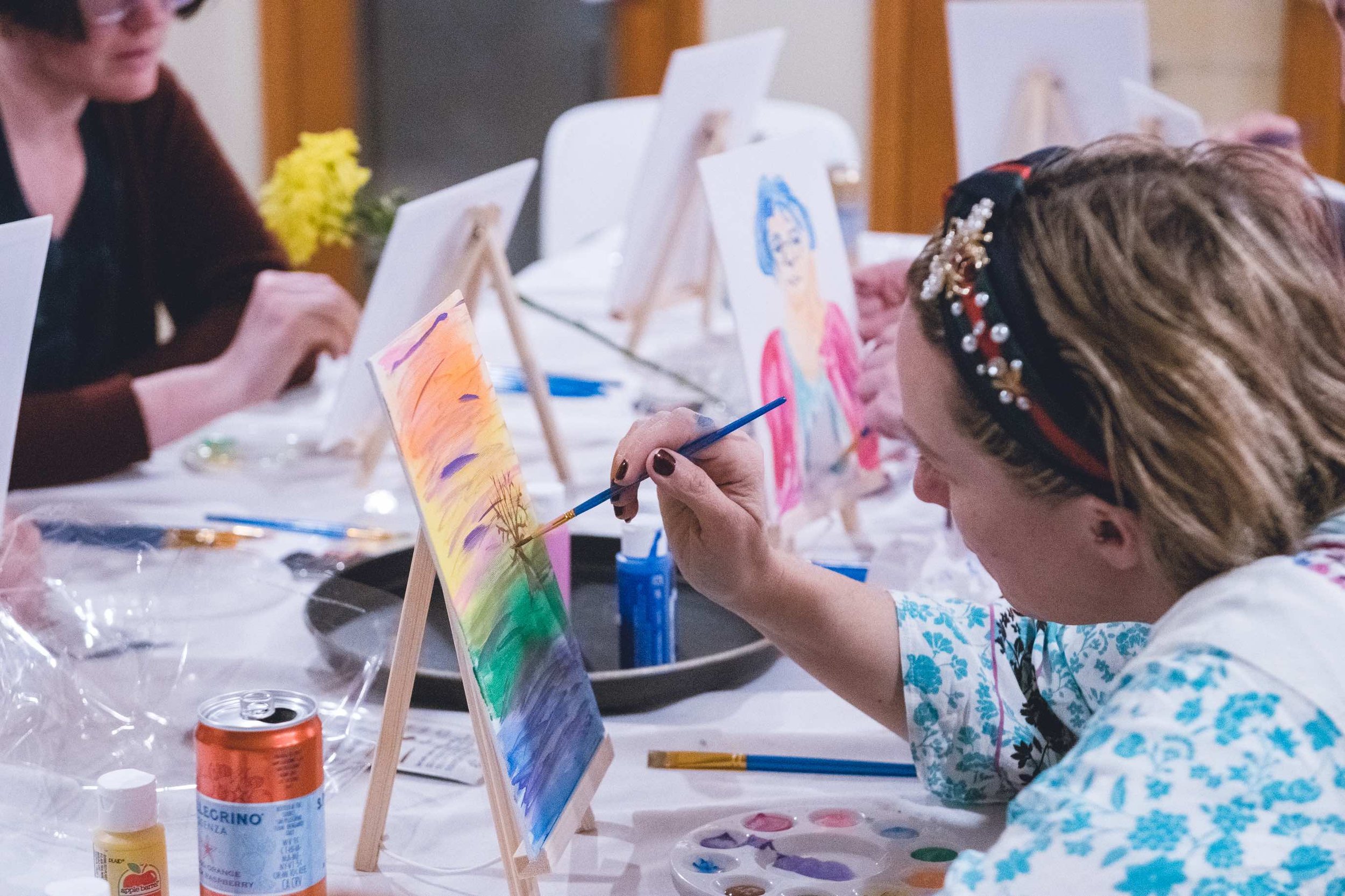
Illusion and Essence
As humans, we start our lives in a state of unity with our mothers in the womb, but birth heralds the beginning of separateness. Spiritual teachers describe enlightenment as a non-dual state of Oneness, where the illusion of separateness between self and other dissolves, and the underlying reality is seen as fundamentally interconnected and unified. Illusion, according to Eastern philosophy, is the idea that the physical world we experience is an illusion that causes suffering due to our attachment to material possessions and identification with our ego. To shed the illusion of our impressions, we must become aware, continue to peel back the layers of our ego, and let go. Only then can we experience the essence of existence, where all we see, feel, and experience just is.

What We Resist, Persists
What we resist, persists. Suppressed emotional charge can lead to suffering and can manifest into negative identities like unworthiness, loneliness, and distrust. Science supports this theory, as the body stores suppressed emotions and the brain hardens neural pathways that represent our patterns.
Processing emotional content requires making the unconscious conscious, investigating suppressed parts of oneself, taking responsibility, and taking action. The final step involves committing to personal integrity and living a life of honesty with oneself and others. Through the effort of inquiry and challenging the status quo, one can discover the treasures of the heart, such as love, trust, and peace.

What It Means to Feel
When we talk about spiritual growth and discovering our true potential, understanding how to make peace with the whole of life is crucial. Too often we think that authentic happiness comes from gaining something new or achieving a certain result, but real joy lies in appreciating what we have right here in this moment—or allowing ourselves to feel whatever arises within us. This post will explore the power of “feeling into” life: concentrating on our emotions and sensations instead of striving for an end goal, so that we can experience more profound levels of peace, love, and purposeful action.
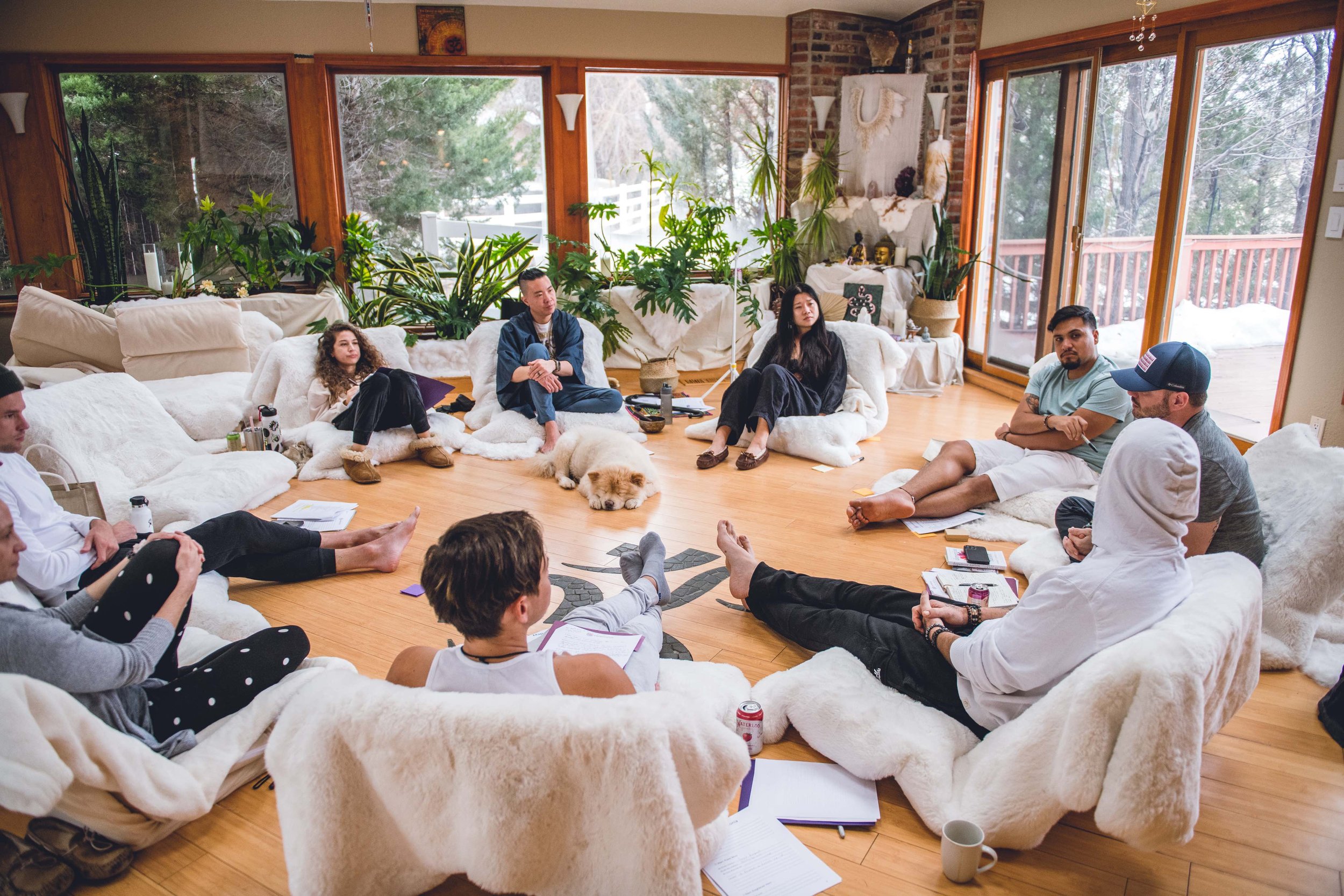
Loving All Our Parts
Life seeks to create life. Our lives are aimed at finding or creating safety from the moment we are born. The mechanisms by which we seek safety are developed at an early age. In Internal Family Systems (IFS), Dr. Richard Schwartz espoused that we are made up of “parts” that are sub-personalities designed to keep us safe. It is a profound shift to realize that the burdens and limiting beliefs we carry were ultimately formed to keep us safe. When our protective parts relax, when we can be our Self in its highest, we feel great peace and Oneness with the Self of others. Thus, the journey of consciousness is to love all of our parts because they are all part of who we are.

The Mirror of You
When we feel a feeling, where does it come from? All feelings are your own. They might be triggered by another, but that trigger only reflects what lays dormant within. We can only feel something so long as it exists within us. We feel an emotion to the degree in which a statement or action resonates with the energy within us. We feel love more intensely when we feel greater self-love. We feel anger more intensely when we feel greater anger towards ourselves. By allowing ourselves the grace to be with ourselves, to take ownership of our experience of reality, we can penetrate into the cracks of ourselves that love has yet to fill.

The Price of Freedom
Imagine living a life free from fear, anxiety, stress, guilt, and hurt. Imagine the peace of being instantly forgiving, to enjoy every moment as if it's your first, to love every moment as if its your last. One of the great ailments that imprisons the human existence is the experience of rush. The cure to rush begins at the understanding that its source is the fear of death. Spiritual teacher Byron Katie shares that it is not a thought that creates suffering; it is that we believe the thought. Imagine surrendering the final belief that death is the end: who would you be without this thought?

The Myth of Manifesting
The paradox of manifestation is that the pathway to it is through letting go of desire and expectations, being present in the now, and loving what is. Manifesting does not come from an act of willpower or affirmations… It comes from orienting one’s inner state of being towards surrender and self-empowerment rather than control and victimhood. It comes from discovering, clarifying, and then aligning one’s life to values, which are the codification of our Inner Truth.
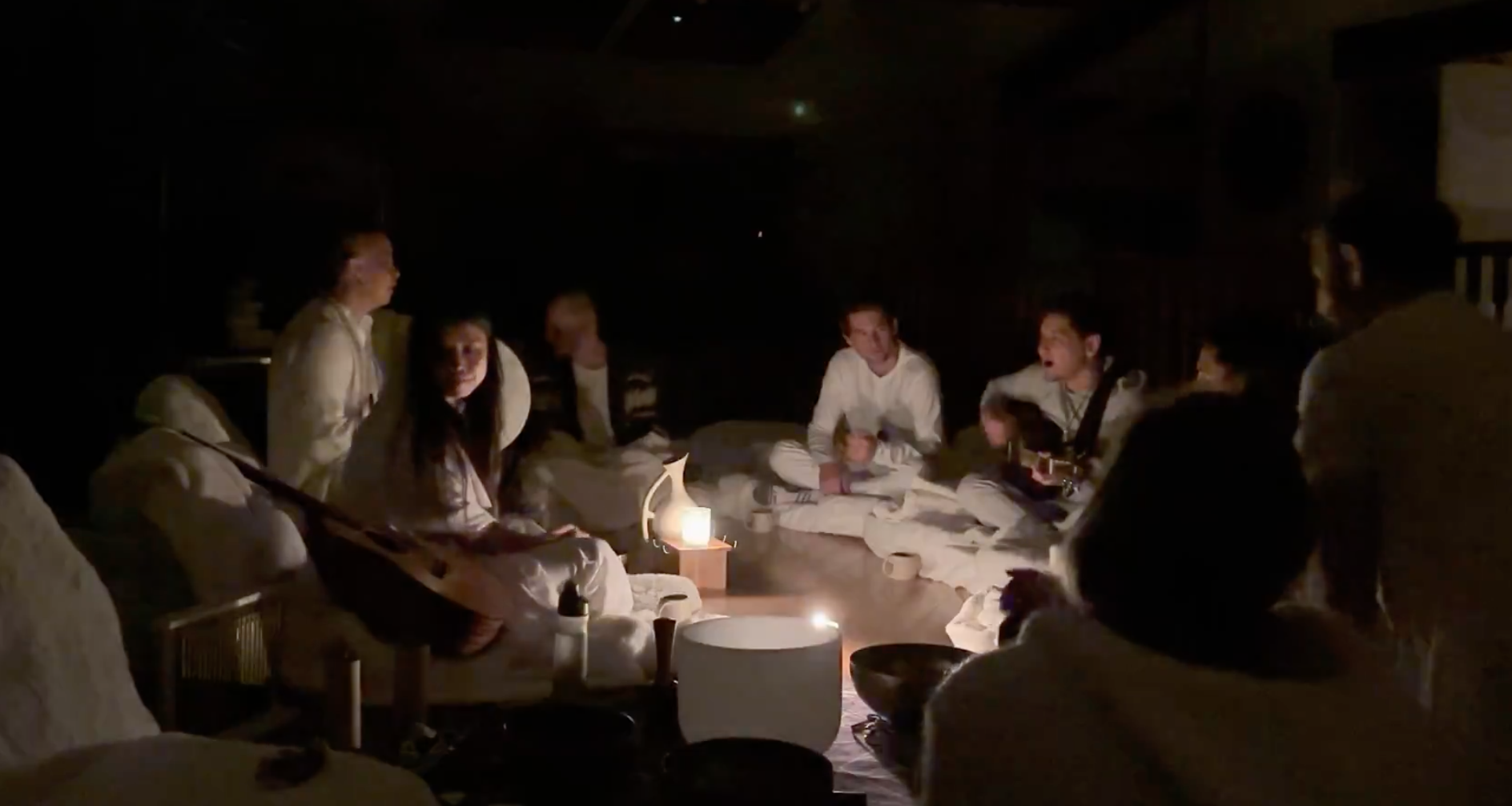
The Human Experience: the Mind, Body, and Spirit
The human experience consists of three layers: the mind, body, and spirit. The mind is a sharp tool that creates stories and seeks to affirm itself, leading to suffering through avoidance or withholding forgiveness. The body experiences emotions and projects intuition. The spirit is the ever-present, incorporeal knowing that is Love, which is the fabric of the universe and that death and time are illusions. The spirit can be felt in the heart and heard when the mind quiets itself. To live in Truth and Love, one must surrender the pull of the mind and let go of suppressed emotions. This leads to peace, love, and bliss that can only be experienced. The more one can surrender and be present and vulnerable, the more they can disempower the mind's grip on suffering and awaken to peace, love, and gratitude.

Content vs. Process: the Key to Durable Transformation
In talk therapy and common plant medicine ceremonies, there are experts to help hold one’s content: the emotions, stories, beliefs, and challenges that come up as one peels back their protective layers. Process are the tools by which we can transmute our content from the lower energies of shame, guilt, apathy, fear, and anger into Power via courage, acceptance, willingness, love, and peace. While the felt-sense of a new way of being with your content is the compass, the process is the map on how to get there.
